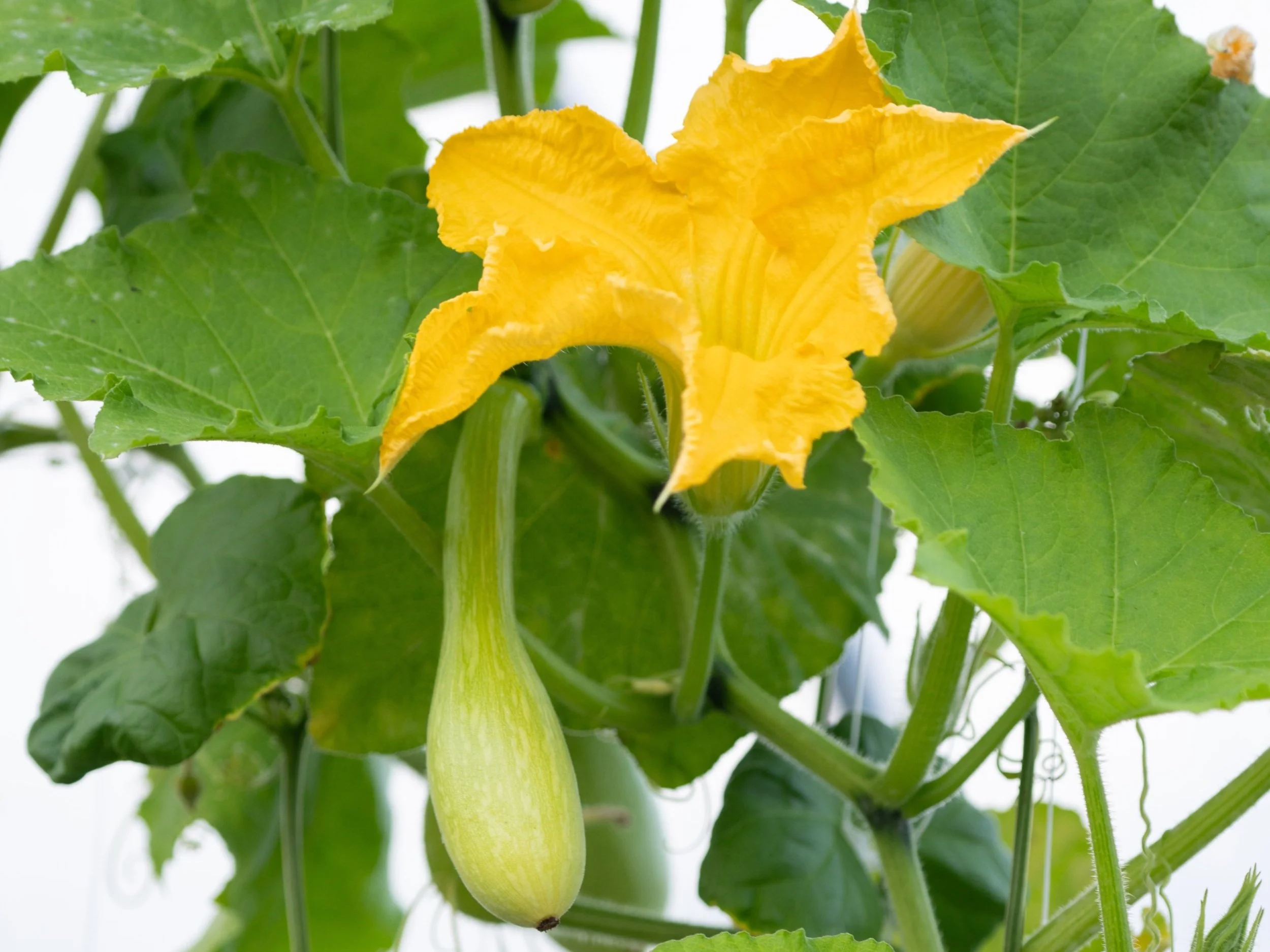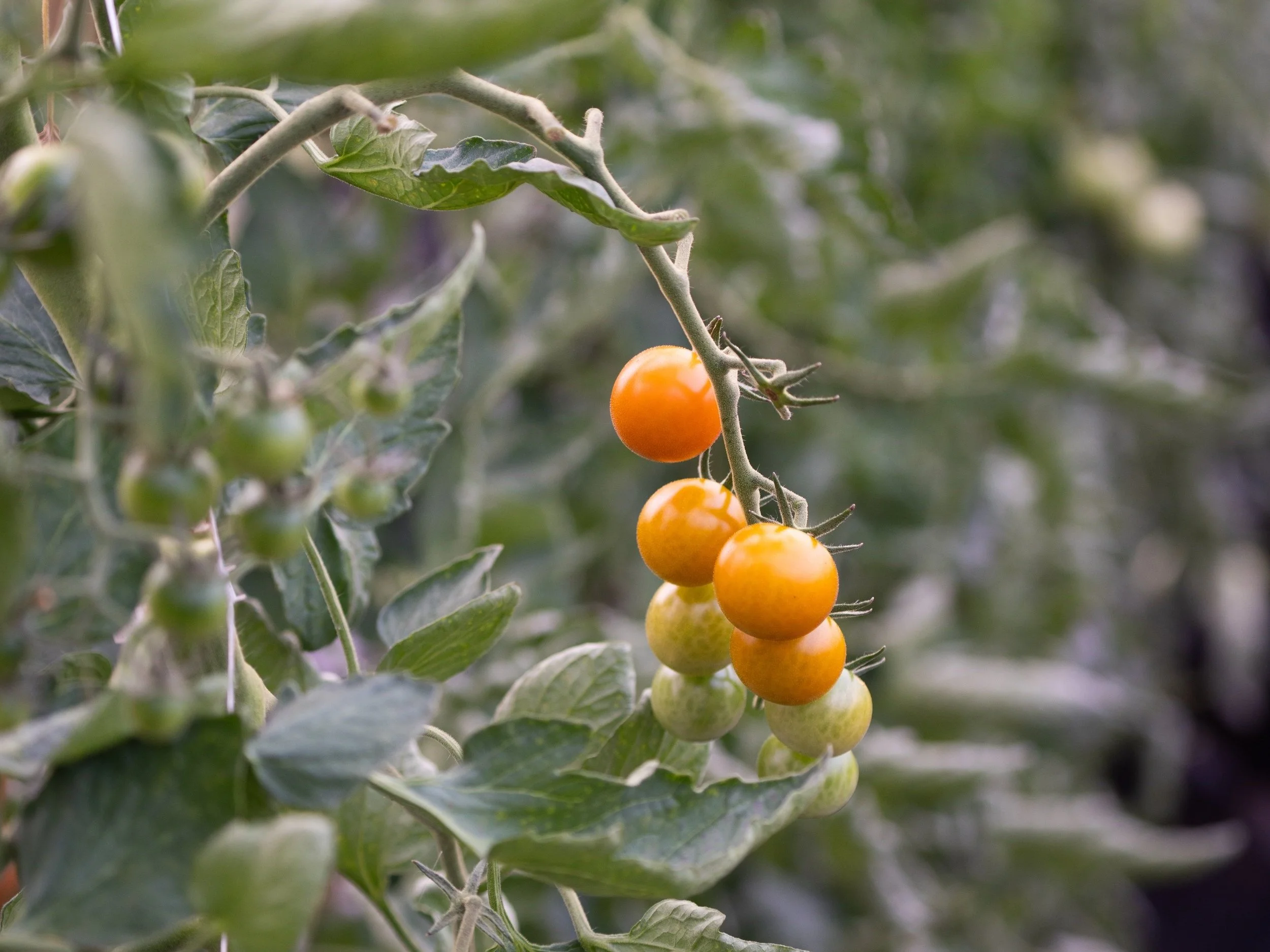What to do when it is too hot to cook? Salads and iced teas are the answer along with some simple ideas like these garden to kitchen solutions:
slice radishes, cherry tomatoes and cucumbers and dip in herb salt
have a salad bar ready to go at all times - washed greens, a big batch of vinaigrette or other dressing, containers of chopped herbs, peeled and sliced cucumbers, beets (cooked, peeled, sliced), grated carrots, some cheese or cold chicken chopped up
hard boiled eggs in a bowl in the fridge. Peel, cut in half, sprinkle with herbs and herb salt.
herbal teas in half gallon mason jars made with sprigs of mint, lemon balm, and/or lemon verbena
grill up zucchini and summer squash in the cool of the evening and toss with olive oil, herbs, and flaky sea salt. Serve as a room temperature salad with some freshly grated parmesan, lemon zest and a squeeze of lemon.
pre-salt your vegetables to tenderize them and make them crunchy at the same time. Our herb salts are a great tool for this technique. We suggest about 1/2 tsp of salt for every 4 cups of sliced cucumbers, summer squash, zucchini or cabbage. Slice or julienne or shred the vegetables, toss and gently massage with the herb salt, and let drain in a colander for an hour or so. After this rest period, the vegetables will have a great texture. Taste for saltiness, and rinse if they seem too salty. They are ready to eat in salads dressed simply with herbal flower vinegar or lemon juice, a good olive oil, and a generous shower of herbs such as basil, parsley, dill, cilantro, oregano, marjoram, mint or chives. The flavors will pop!
SUMMER SALADS
We leave behind those tender lettuces that wilt and bolt in the heat and embrace some hardier textures. And maybe you did not replant lettuce to have some nice fresh heads right about now. Have no fear, shame or guilt…other options for summer salads out of the garden are bountiful. Here are a few favorites that all work well at room temperature and hold up reliably for picnics or packed lunches:
Fennel and herbs - using a sharp knife or a mandolin, shave fennel bulbs into thin slices. Toss with a handful of chopped herbs, thin slices of sweet or white onion, and a simple lemon and olive oil dressing. Sprinkle with herb salt generously, and then let the mixture sit for at least an hour before serving. The fennel will soften and become tender and crunchy at the same time.
Summer Squash - follow the same exact instructions as above, but use raw summer squash or zucchini sliced into thin ribbons with a mandolin or vegetable peeler. We love this one with a little garlic in the dressing and marjoram as the herb.
Grilled eggplant and cherry tomatoes - roast or grill 1/2” thick slices of eggplant that have been brushed with olive oil until they are tender. Allow to cool, then cut into wide strips. Toss with halved cherry tomatoes, scallions that are thinly sliced, and torn basil leaves. Dress lightly with olive oil and balsamic and shower with our herb salt or a flaky sea salt.
IT IS THE SEASON OF BEANS
We love green beans, wax beans, and Romano beans for simple, weeknight meals:
Salad - Blanch them in boiling, salted water for a few minutes until tender. Drain and cool down under cold, running water. Dry well on clean kitchen towels, then toss in a big bowl with sliced scallions, halved cherry tomatoes, herbs, and a simple vinaigrette.
Stir fry - If you have more blanched beans than you can eat in one meal, save some for another night to make a quick sauté in olive oil with sweet onions, sweet peppers, and herbs of your choice. This is a great side for roast or grilled chicken.
Roasted - Lay raw beans on a sheet pan, drizzle with sesame oil, finely chopped garlic and/or ginger, hot pepper flakes, soy sauce or tamari, and toss together. Place in a pre-heated 400F oven (or grill if you don’t want to heat your house) for about 20 to 25 minutes, flipping part way through. They should be charred in places, and soft in others.
This blog post was written by Julie Rubaud and Kat Consler.






